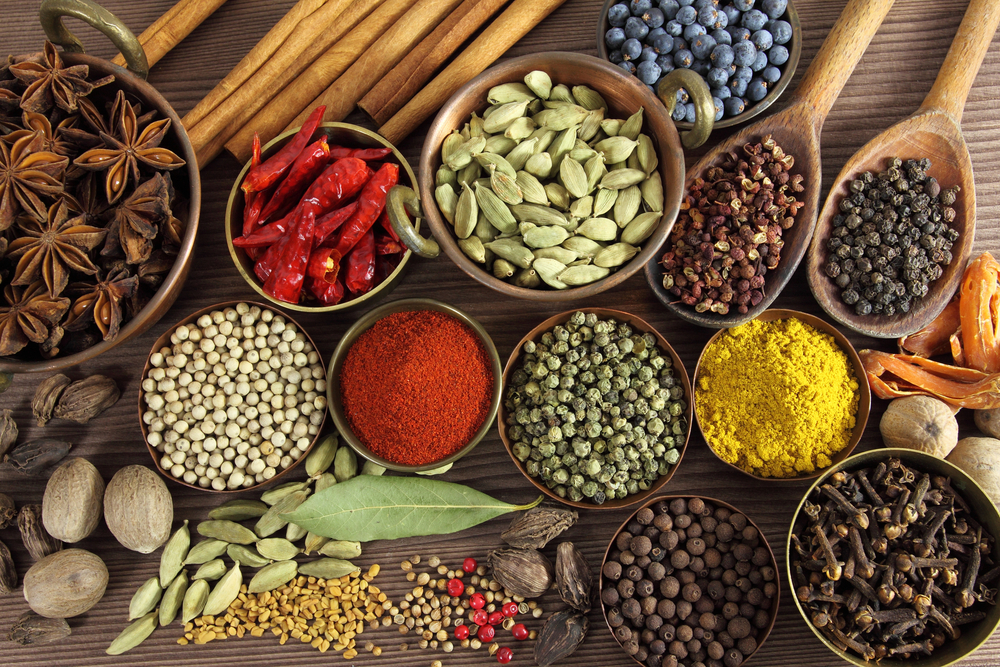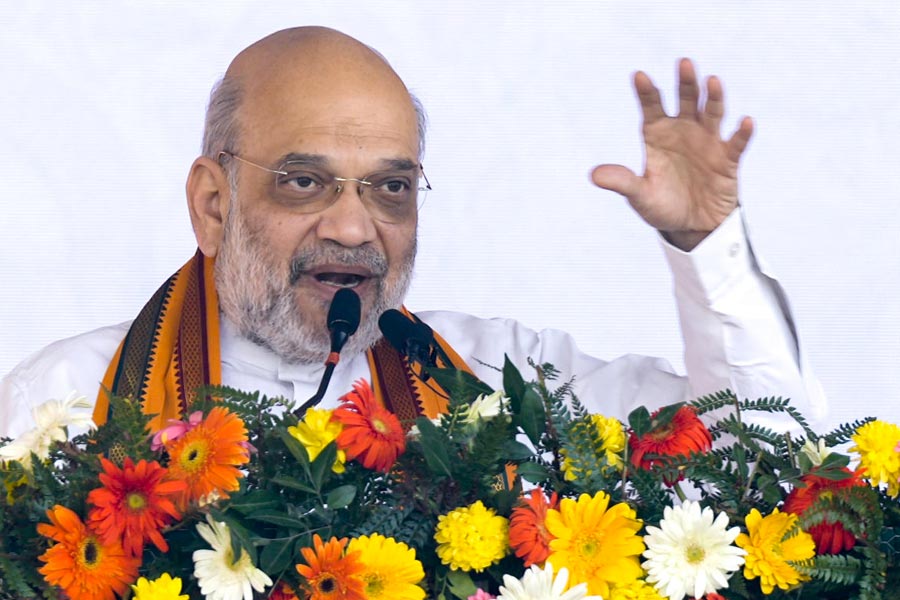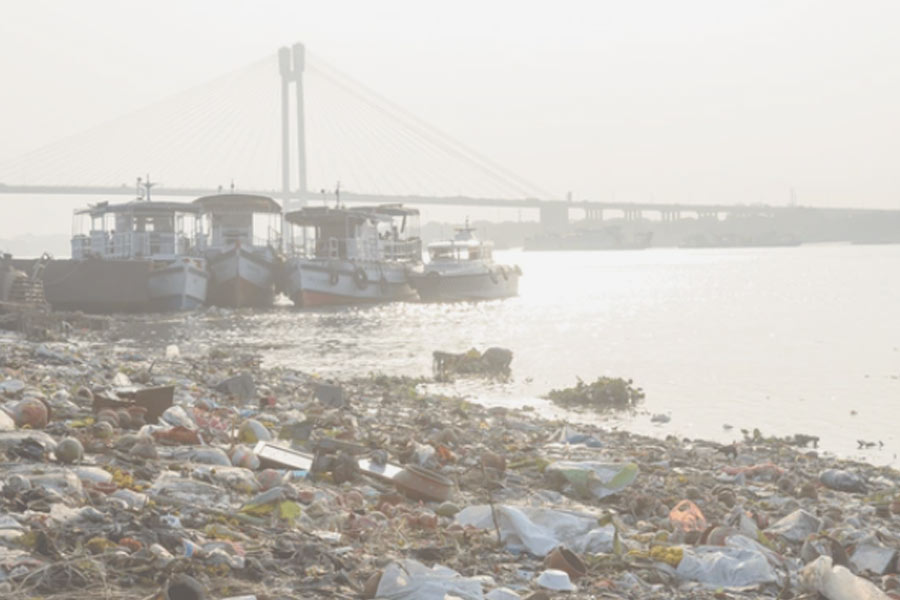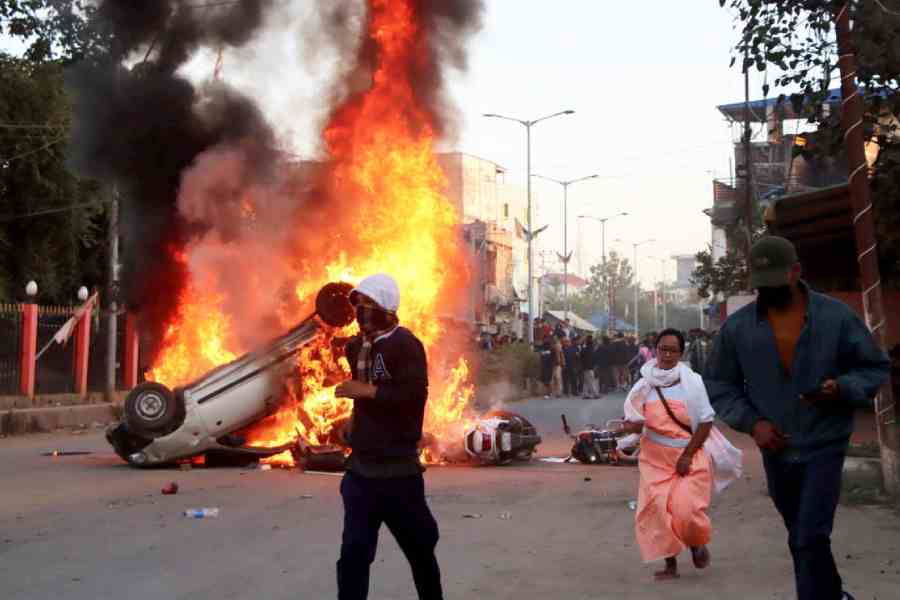The woman who comes to do the house work, T, is a fantastic cook. At first she asks how you would like the dal to be made, how you like the alu to be done, or the gobi or the bhindi. When told she should make them the way she would for herself, she relaxes and begins to cook. Her touch with the spicing is light but precise, and the vegetarian dishes taste just that bit different from what one is used to in Calcutta or north India. The local red rice provides a perfect complement to the vegetables, the pickles adding to the web of flavours. I ask her to buy some of the famed local pork. The meat she gets is beautifully marbled with fat; this is separated, chopped up and rendered first, and the rest of the pork, onions, garlic and tomatoes are cooked in that liquid. Eating it, I can almost feel my LDL rising, but there is no way of disrespecting the small, golden cubes of fat that dot the spiky red curry.
After a while, you learn a few things. The local bhindi and tori are to be avoided — they are big in size and zero in taste unlike the real vegetables you get in Calcutta. On the other hand, the potatoes, beans and laal shaak are just fine, as are the tomatoes once you find the stall in the market that sells the good ones. The fish and seafood are of course various and plentiful, but of all the land-meat, decent goat mangsho is almost impossible to find around here. On the flip side, nothing in Calcutta can compare to the quality of the local breads. T uses the produce to make absolutely lovely food, the combinations continuing to surprise.
The other thing you learn is that in a region over-populated with tourist traps and fancy dining places there are a few joints which are both reasonably priced and serve decent food. One such place is in a village nearby and a party of us goes there for dinner. The owner gave up a career on cruise ships to start this restaurant in her house, and she takes her time to tell us her story, serializing it with funny anecdotes each time she comes around with another generously poured round of drinks. This is clearly also a place favoured by locals, who have crowded into the main room for an evening of uninhibited karaoke. The cocktails are well-made and the food also pretty good, so we return on another night. This time the mike is outside and being handled by a singer who knows what she is doing. Both times we eat with 60s and 70s classic Western pop songs as accompaniment; “Unforgettable”, “Delilah”, “Cracklin’ Rosie” and “La Bamba” serenading us through the starters of calamari, prawns, tongue and chilli roast beef, followed by pork solantulem, that is, pork with kokum, and a properly hot sorpotel that brings sweat to the forehead.
This year, in the normally crowded areas near the popular beaches there is a lull unusual for November; the gora tourists are keeping away, it seems, because ‘their countries are out of money’ as a taxi driver informs me. He elaborates: “Thomas Cook used fly in four planes a week with 350 people on each plane. Since the company collapsed no English are coming. Only Russians are still coming, three planes a week.” As we drive past we can see that the bars and eateries are far from full; even the Sher-e-Punjab and shudhha vegetarian joints seem to be missing the desi crowd which should be here in force by now. A visit to one of the main beaches is quickly shortened by the horror of the mass of plastic and the few clumps of tourists surrounded by chanting touts. Inland is clearly a better place to be.
The village where I am staying is the starting point for the bus that goes to the main market town about eight kilometres away. Waiting at the bus stop, a rheumy-eyed old man shuffles up, smiles at me and starts speaking. Am I waiting for the bus? It will leave in fifteen minutes. Can he use my phone to make a call? He opens a ragged old diary and points to a number written in neat blue ballpoint. He speaks to someone in a loud voice. After a brief exchange, his voice bouncing out of the bus shelter, the man achieves satisfaction. He hands me back the phone, squeezes my knee as you would a child’s and walks away under the vertical sun, checking his t-shirt is still tucked into his trousers. There are times here when you feel you’re not in India; then there are other moments, such as this one, when you know you could be nowhere else.
The bus starts empty, but at the village square it fills up with a mass of uniformed schoolgirls heading home. At the next few stops it takes on more girls and a few women passengers. At each stop, schoolboys wait, resigned, because there is no space for them to enter the tight press of bodies. When some of the girls get off, handing their five rupee coins to the conductor, he allows four boys to climb in. The palm and banana leaves flicker above us as we wind down the narrow road. Another stop, the boys step out to let more girls off, the conductor laughs as he pushes them back in, slapping one of the boys on the seat of his shorts to make him hurry up; it’s all friendly, familiar, with no discernible class deference from the conductor towards his passengers.
The town market is well-known even outside the region, selling all sorts of goods including a wide variety of food-stuff. On Friday, women from nearby villages set up their two square feet of business in between the permanent stalls, selling fresh kokum, green peppers, dried fish and various herbs and spices that an eastern Indian like me cannot identify. The stores under the arcades offer everything from sausages and spice mixtures to freshly baked bread and confectionery. The vegetable market is huge, as is the fish and meat market.
Where there are banana groves and palm trees you can never be far away from a Bengali, and sure enough, this region is no exception. One of my several probashi Bangali friends who has expat-ed himself here, has done a beautiful art project documenting this particular town market and travelled all over the world with it. Visiting him and his wife in the lovely traditional house they are restoring to turn into an artists’ residency, I finally bring myself to taste the local brew. “No self-respecting native buys this stuff from the shops,” says my friend, pouring me a shot of the clear liquid from a re-purposed bottle of Old Monk. “You have to know your village bars. In season you go to two or three of them and do your ‘tasting’. Somebody’s cashews might produce a more fruity liquor, somebody else’s distillation might have more body or be less sweet, tomake dekhte hobey tomar konta bhalo lagey, then you order your supply from that guy.” My friend puts a couple of ice cubes into the glass and then a squeeze of lime before topping it up with soda. “Never ever add Limca or any other soft drink to this! This is the drink of the gods!” he admonishes. I take a sip and see what he means.
This may or may not be País de Deus, another God’s Own Country competing with a state bit to the south. Paradise as we know is a movable and constantly shifting carnival. And it’s not as though this place doesn’t have its own very serious problems of industrialization, over-dependence on tourism, and the ecological destruction of the coastline. But currently, for long stretches of each day, you can fool yourself that you have dropped anchor in some kind of magical sanctuary.












